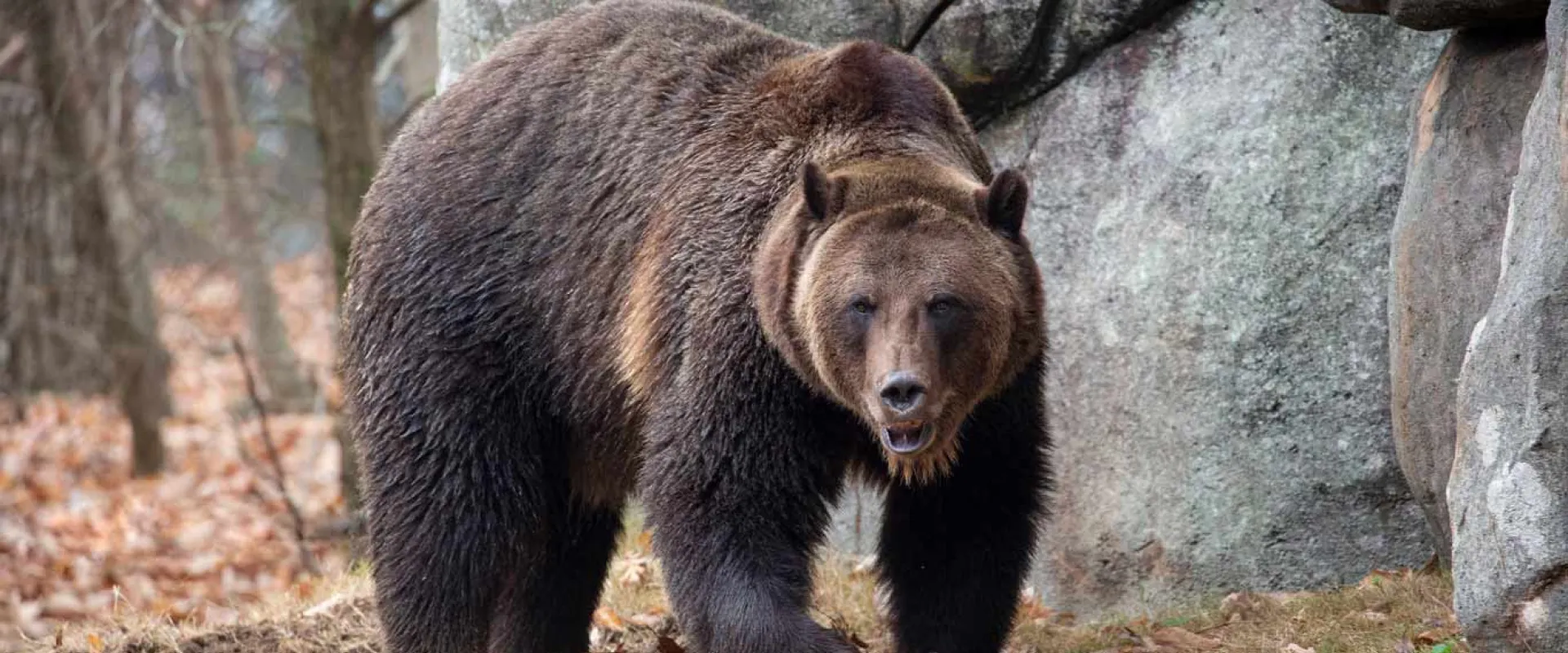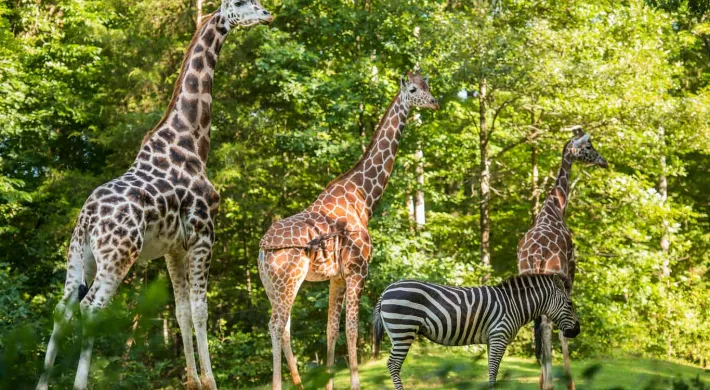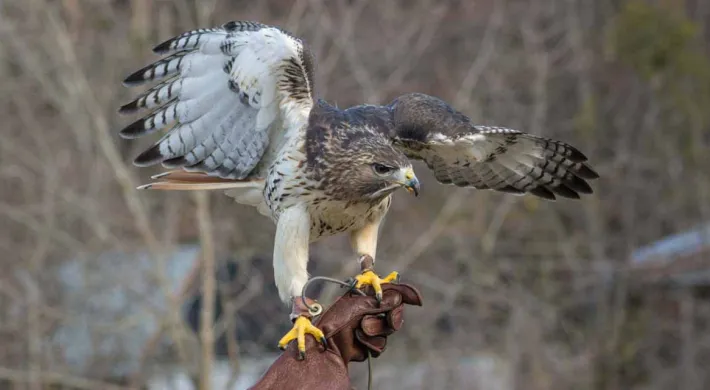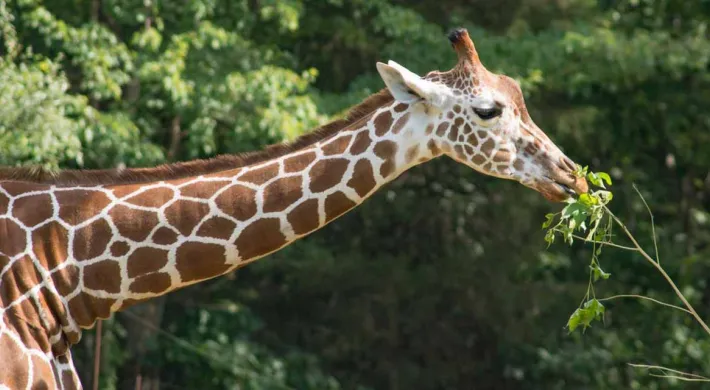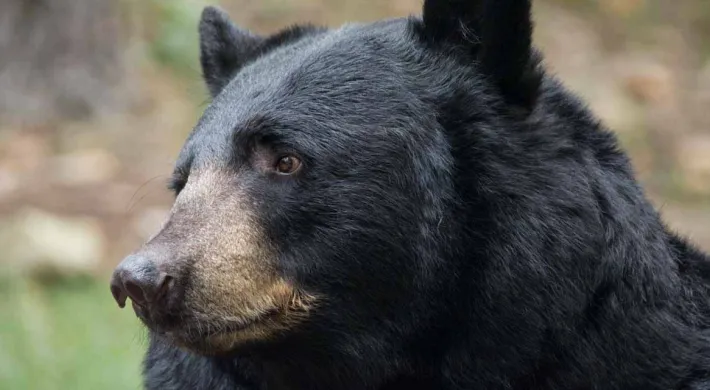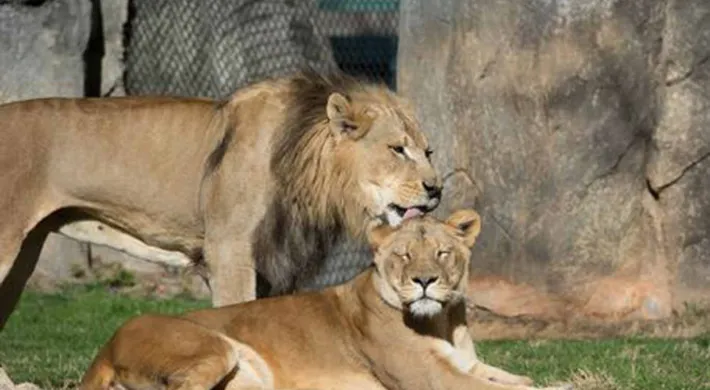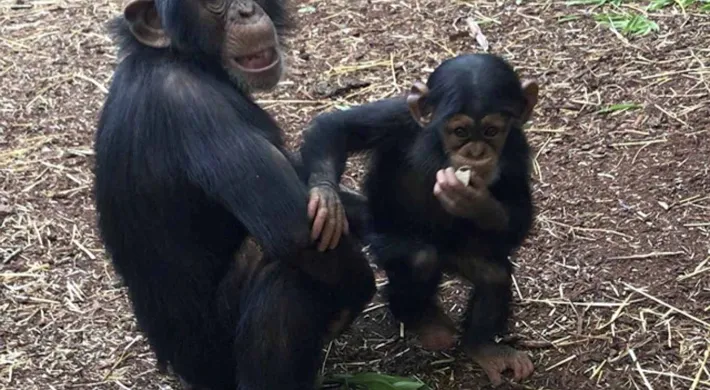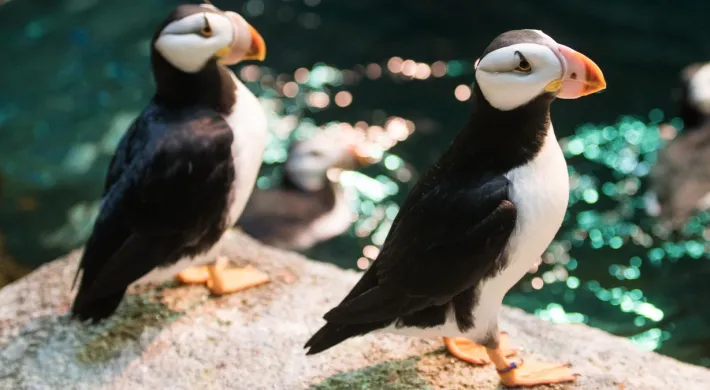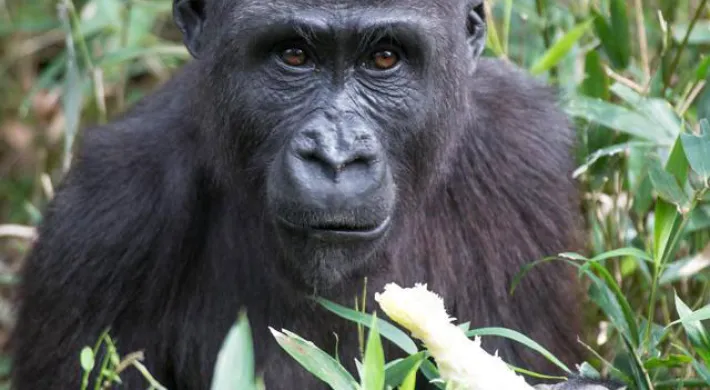Written by Dr. Emily Lynch, Associate Curator of Research, North Carolina Zoo
Did you know that the North Carolina Zoo houses approximately 1,500 animals? That’s 1,500 individuals that require appropriate housing, food, veterinary care, enrichment, and lots of other things that are essential to excellent welfare. As you may have read in other blogs, our Zoo hosts graduate and undergraduate students who participate in research projects which help us keep eyes on all the animals and inform our management practices. However, because we have so many animals, more eyes are sometimes needed to watch the animals and collect scientifically valid data on behavior.
To enhance our ability to monitor the animals, Dr. Cathy Mingee (Associate Curator of Behavioral Management), Toy Lambeth (Volunteer Coordinator), and I have launched a Volunteer Research Program. In this program, volunteers work closely with Zoo staff and are trained to collect behavioral data on specific animals. The information gathered by the volunteers gives us a sense of how each animal is spending their days and using its habitat. This information is valuable because we can then adjust how we provide enrichment and food and enables us to cater to the preferences and needs of the individual. Our first project focuses on our new grizzly bear, Ronan (Figure 1).
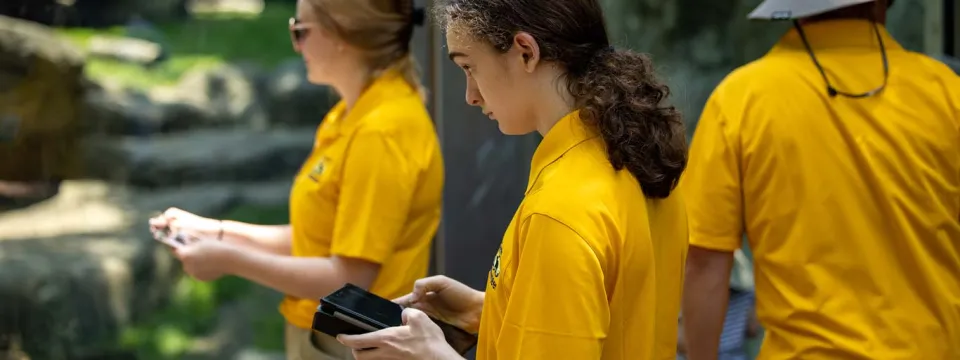
Figure 1. Ronan loves exploring his new habitat! Our Volunteer Researchers are tasked with recording how he uses his space so we can better understand his movement patterns and overall welfare.
Ronan joined us in December, and we are still learning about how he behaves and uses his habitat.

Our Volunteer Researchers use a handheld tablet to record his behaviors and use of various locations within his habitat (Figure 2).
Dr. Mingee and I compile these data and create reports which give us greater insight into Ronan’s general activities. These reports will then be shared with the animal care team and inform care plans. For example, if Ronan spends much of his time in his den, but we want to encourage him to use other parts of the habitat, we might focus on enrichment and food in these other, lesser-used areas. Or, if Ronan is really enjoying a specific type of toy, we might be sure to rotate that item onto his habitat more frequently.
Our Volunteer Research Program is helpful beyond caring for our animals, though. Through this program, we can bring in the public and teach people how science can be used to improve animal welfare. Dr. Mingee and I work closely with the volunteers, training them on widely used methods for behavioral data collection. Volunteers also work closely with animal staff to gain a deeper understanding of the animals they will be studying. Engaging the public is essential to our success as an educational institution. This program allows local enthusiasts to better understand the North Carolina Zoo’s methods and practices.
So, next time you walk around the Zoo and see volunteers closely studying the animals, keep in mind they serve as extra eyes to help assess the welfare of our animals!
